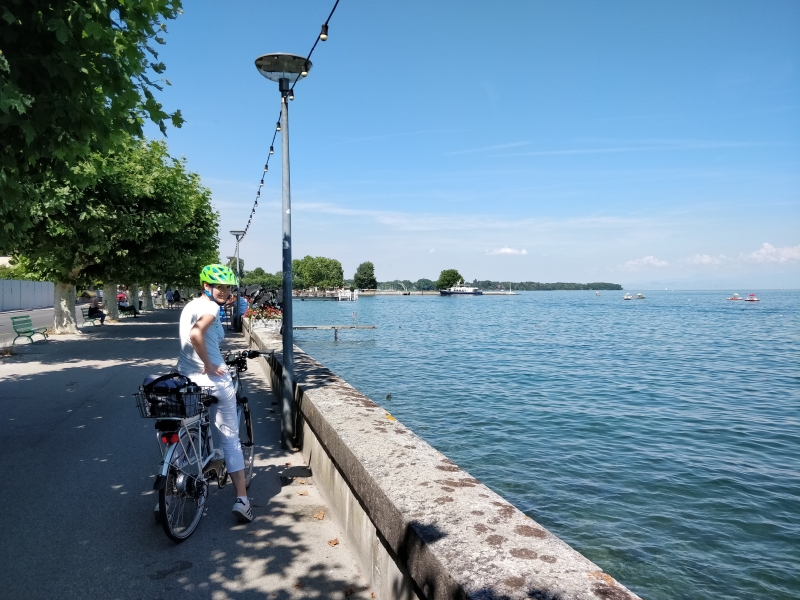CERN | My story
photo from the private archive
KATARZYNA SCHMIDT, PhD, Associate Professor
I went to CERN for the first time in 2009 as part of an educational programme organised by CERN. At that time, I was a PhD student at the Institute of Physics of the University of Silesia. And I fantasised: I will someday come back here!
|
CERN MY STORY
|
I went to CERN for the first time in 2009 as part of an educational programme organised by CERN. At that time, I was a PhD student at the Institute of Physics of the University of Silesia. And I fantasised: I will someday come back here! I went to the United States for a postdoctoral internship, but after returning to Poland, I joined a group that actively participated in the NA61/SHINE experiment at CERN. Since then, I have been going to CERN regularly for the famous shifts (during data collection) and work related to the detector upgrade. In the experiment, I am mainly involved in software. We are currently working intensively on implementing machine learning methods to filter out noise recorded by the detector. We want to keep only the data from the nuclear reaction in real time during data collection. This will allow us to save disk space (5000 TB) and speed up future analysis. I often hear the question: but actually, why are you doing this? Why spend millions on experiments from which the ordinary citizen will have no benefit? I usually answer this way: When Albert Einstein worked on the theory of relativity, was he able to predict that his approach would be used in the future in modern navigation systems such as GPS? The science we practice (not only at CERN) belongs to basic research, i.e., not oriented towards immediate applications. In other words, it serves to explore and deepen our knowledge about the world around us. Besides, during the design of these remarkable experiments, new technologies are created, which are then used by society. Websites are the best example. Tim Berners-Lee, a British scientist, invented the World Wide Web (WWW) in 1989 while working at CERN to solve the problem of sharing research results between scientists at universities and institutes worldwide. But enough about serious things 😊. Information about scientific research at CERN or specifically the NA61/SHINE experiment is widely available on the Internet (cern.ch, shine.web.cern.ch). I would like to talk about such aspects of work at CERN, which you may not read about in official documents. One of them is the center itself. Even on my first visit to CERN, I noticed the street names. Oh yes, the center is so huge that it was necessary to name its streets. And at CERN, streets are named after famous physicists. There is, of course, Marie Curie Street. All street names at CERN can be found here.
Other than that, when time permits, you can take a trip to Geneva, where I particularly enjoy…. bike lanes. Geneva is a bike-friendly city. The surroundings of Lake Geneva or the areas near Geneva are perfect for short bike trips.
The magical atmosphere that can be found at CERN is created primarily by the People. It is a place of international cooperation of people from all over the world who speak different languages but whose common language is physics. This is especially visible during lunch hours in the main canteen – around noon the canteen fills up with people who usually form small groups. They have lively discussions. The dominant languages are English, French, and Italian. But it is not uncommon to hear Polish as well. And you do not need to know these languages to realize that they are talking about their passion. The canteen is open until midnight, but that doesn’t mean it is empty at that time. You can no longer buy anything, but discussions, social meetings, and board game meetings continue until late into the night. You can get to know different cultures and customs. Often friendships are formed for years, and not infrequently… marriages. That’s how it was for me 😊. My husband, and I both come from Silesia, but we met at CERN! |
|








